Hanging Furniture
Today the whole world is experiencing a situation that nobody ever imagined. Each person, from his or her own trench, has had to adapt to the changes that this pandemic has brought. Our life has taken a 180-degree turn in a few months and, in the face of these events, more than once we have found ourselves closing our eyes and imagining ourselves in a paradisiacal place, lying in a hammock enjoying the sounds and embracing the nature that surrounds us, that nature that has taken advantage of human absence to manifest itself in different ways and reclaim its space.
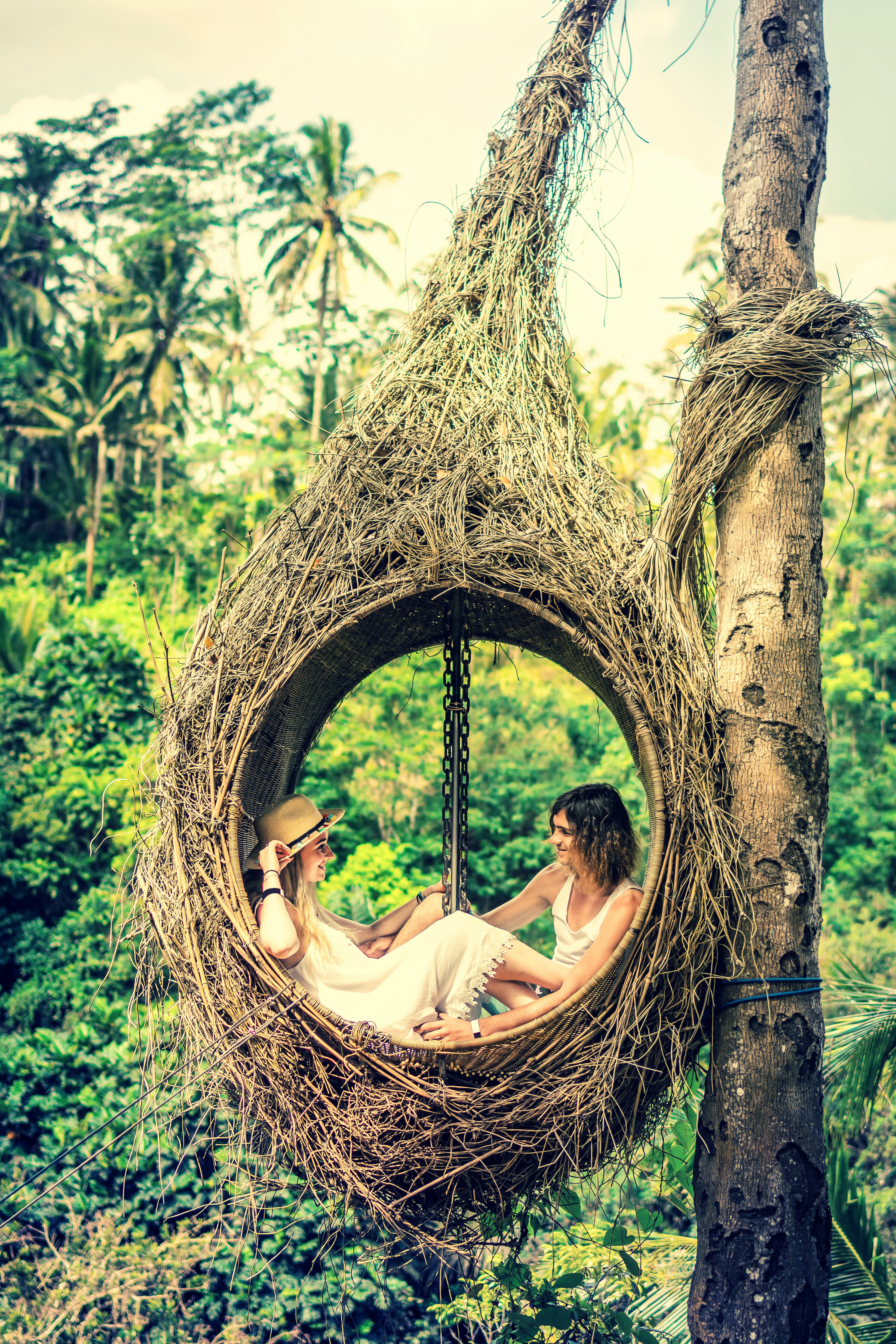
Marga, Indonesia
Photography: Artem Beliaikin
Taking up the previous image, in this edition of trends we focus on the type of furniture that allows us to defy gravity and gives us that feeling of floating in the air: hanging furniture.
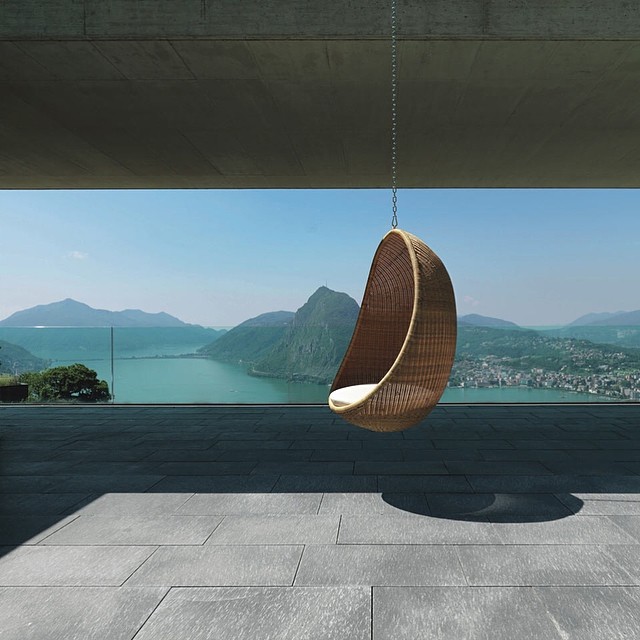
Egg-shaped hanging chair
Photography: DesignMilk – Flirck
One of the most used elements is the hammock. Originally from Latin America, it is believed to have existed for over a thousand years. Christopher Columbus introduced it to Europe, where sailors used it to sleep comfortably on ships since its movement overlapped with the coming and going of the waves.
The hammocks, depending on the region where they are manufactured, are made of fabric or net, woven in different natural fibers such as cotton, which makes them cooler, or in synthetic nylon thread, which makes them resistant to different climates and weather conditions.
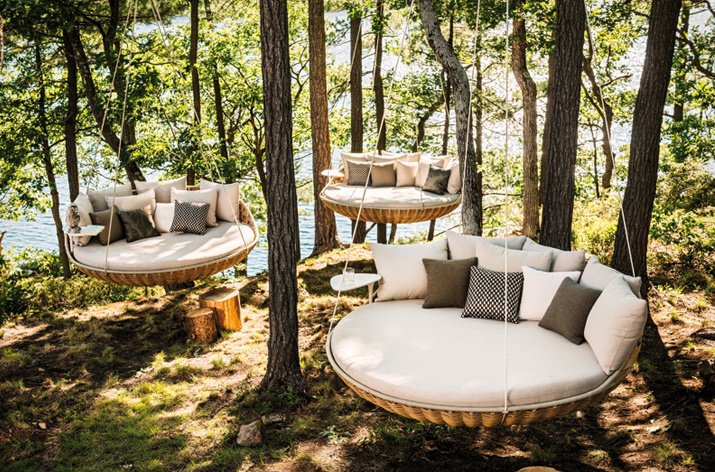
Hanging beds
Photography: Wicker Paradise – Flirck
Part of their versatility lies in the fact that they are available in a variety of designs depending on the number of threads and colors used by craftsmen in their weaving, and they are also usually decorated with woven stripes or tassels. Neutral or raw colors are the most used for terraces and exteriors.
There are hammocks for one or two people, supported by removable wooden or ironwork bases, tied to two columns and often simply between two palm trees. Their presence does not invade the space in an aggressive way and they can be removed or put on as required by the user.
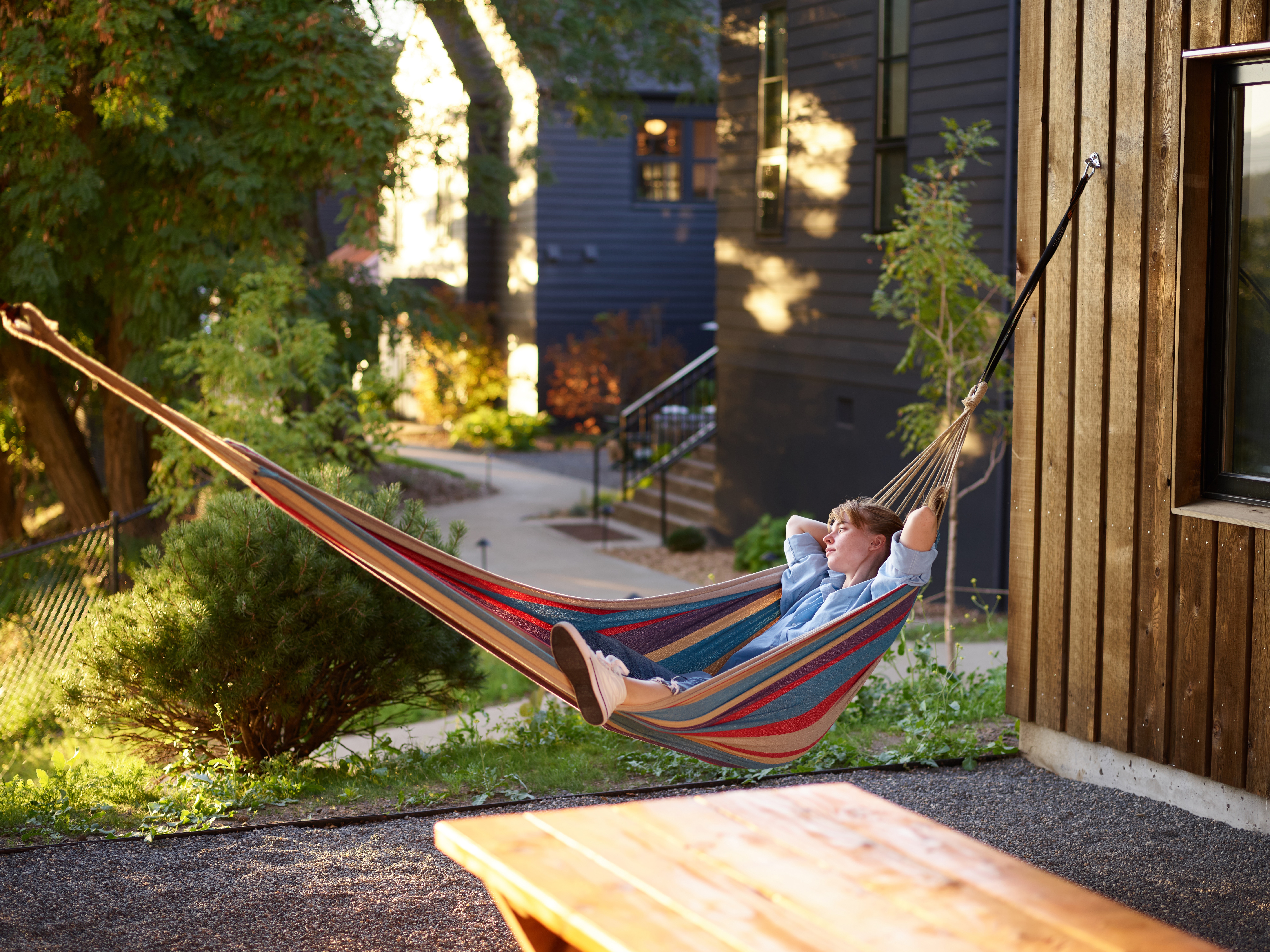
Hammock
Photography: Nick Bondarev
Based on the functional and aesthetic principle of the hammock, various options for hanging furniture have appeared on the market: Chairs, armchairs, swings, among others. It is not uncommon to find on beaches, small bars or restaurants that use swings with wooden seats instead of stools around the bar area, achieving a more relaxed and bohemian feel. This trend has been spreading all over the world and has found different variants both in use and in materials.
Hanging chairs and armchairs are another trend widely used outdoors for terraces and gardens. Built into the ceiling or with integrated bases, they allow you to live and enjoy the spaces in a unique way.
The materials used to manufacture them range from yarn, wicker, synthetic rattan, canvas, always looking for the least maintenance, and the highest resistance to the weather.
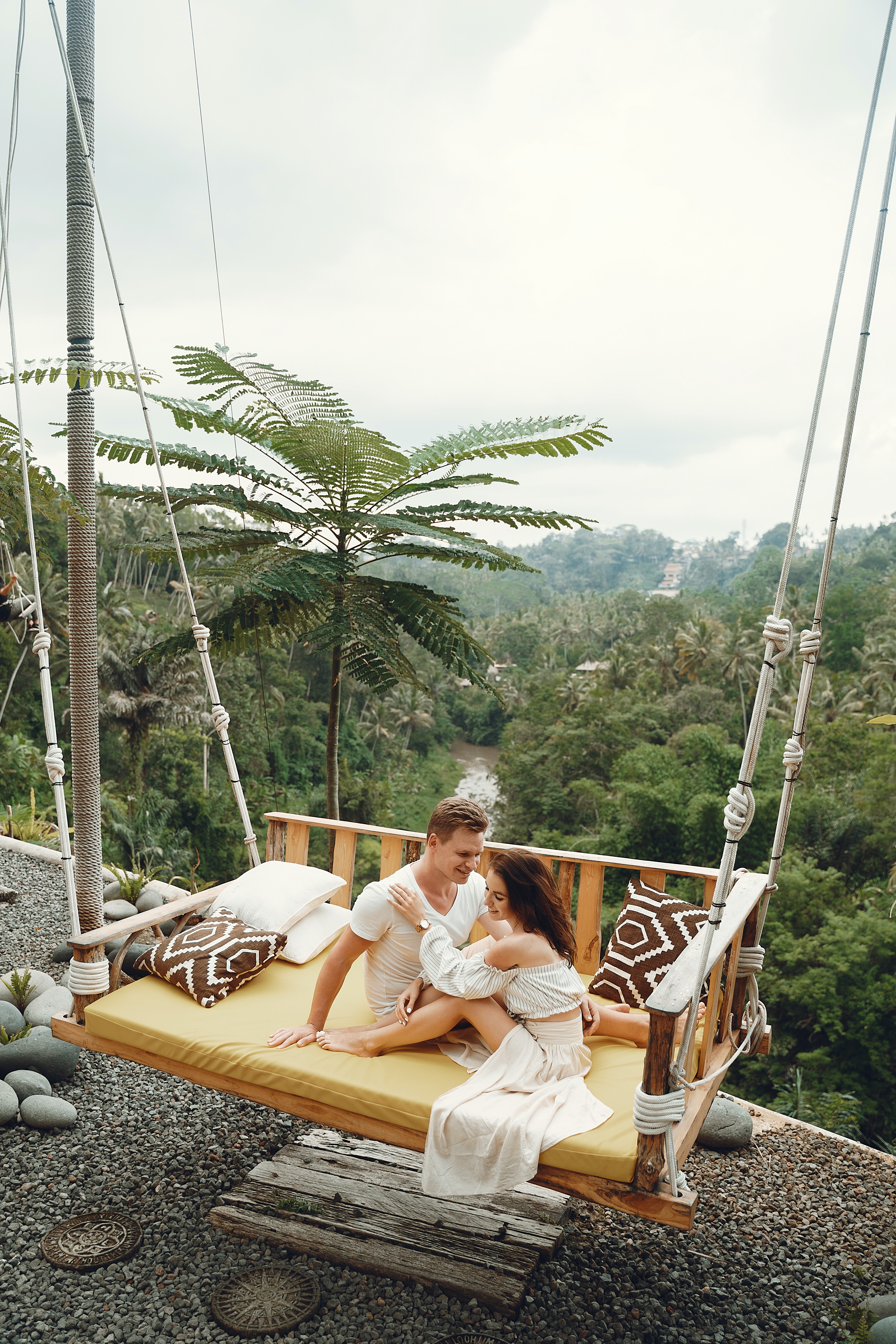
Hanging armchair
Photography: Gustavo Fring
“Hanging furniture allows us to defy gravity, and it gives us the feeling of floating in the air”.
Nowadays, interior design has become more eclectic and professionals are no longer afraid of being more risky and proactive, so we can also find hanging furniture in living rooms, bedrooms, hotel interiors, restaurants, etc.
With the shape of a basket, a shell, mounted on a metal or plastic ring, the most important thing is to achieve harmony in space and have a leading element, but at the same time unique and comfortable, because in these moments when the world seems to be a chaotic place, who does not want a moment of total relaxation with their feet in the air, and the rocking caused by being suspended on the floor?

Interior hanging furniture
Photography: Cottonbro








